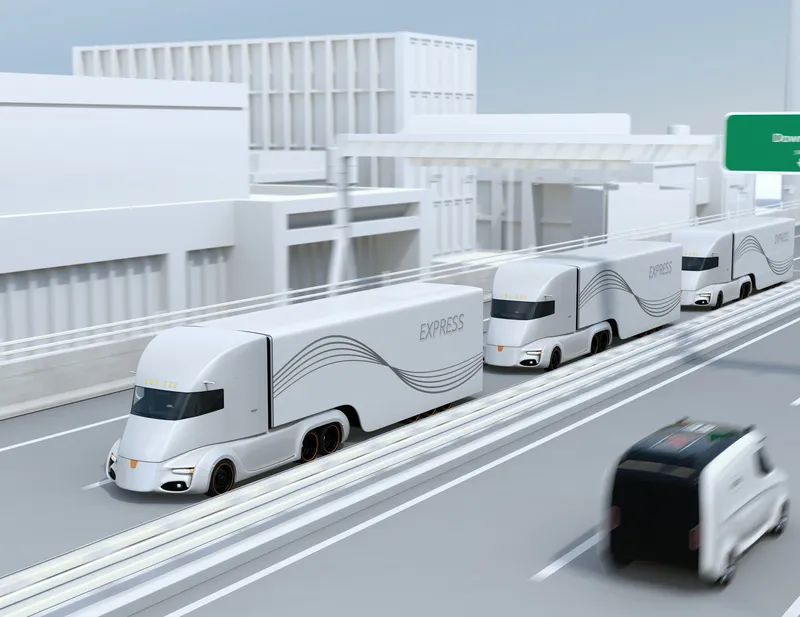Dutch digital security specialist Gemalto is supplying its LinqUS On-Demand Connectivity (ODC) subscription management solution and the GSMA-compliant embedded SIMs (eSIMs) to telecom carrier China Mobile. The solution will enable secure connectivity for connected cars in any vehicle equipped with an embedded SIM, including infotainment, navigation support, safety or vehicle diagnostics.
Chinese consumers place more emphasis on in-car technology than on price or engine performance when it comes to buying
December 14, 2016
Read time: 2 mins
Dutch digital security specialist 3866 Gemalto is supplying its LinqUS On-Demand Connectivity (ODC) subscription management solution and the GSMA-compliant embedded SIMs (eSIMs) to telecom carrier China Mobile. The solution will enable secure connectivity for connected cars in any vehicle equipped with an embedded SIM, including infotainment, navigation support, safety or vehicle diagnostics.
Chinese consumers place more emphasis on in-car technology than on price or engine performance when it comes to buying a car and 40 per cent are willing to change brands for better connectivity, according to PwC’s 2016 Connected Car Customer Survey in mainland China and Hong Kong.
The findings indicate that more than 75 per cent of Chinese car buyers would be willing to increase spending on safety features, while 60 percent would pay more for vehicle management features that monitor usage, run diagnostics, and record accident data.
The Internet of Things is an important growth driver for China Mobile as it moves from being a mobile network operator to becoming a digital service provider.
Chinese consumers place more emphasis on in-car technology than on price or engine performance when it comes to buying a car and 40 per cent are willing to change brands for better connectivity, according to PwC’s 2016 Connected Car Customer Survey in mainland China and Hong Kong.
The findings indicate that more than 75 per cent of Chinese car buyers would be willing to increase spending on safety features, while 60 percent would pay more for vehicle management features that monitor usage, run diagnostics, and record accident data.
The Internet of Things is an important growth driver for China Mobile as it moves from being a mobile network operator to becoming a digital service provider.









